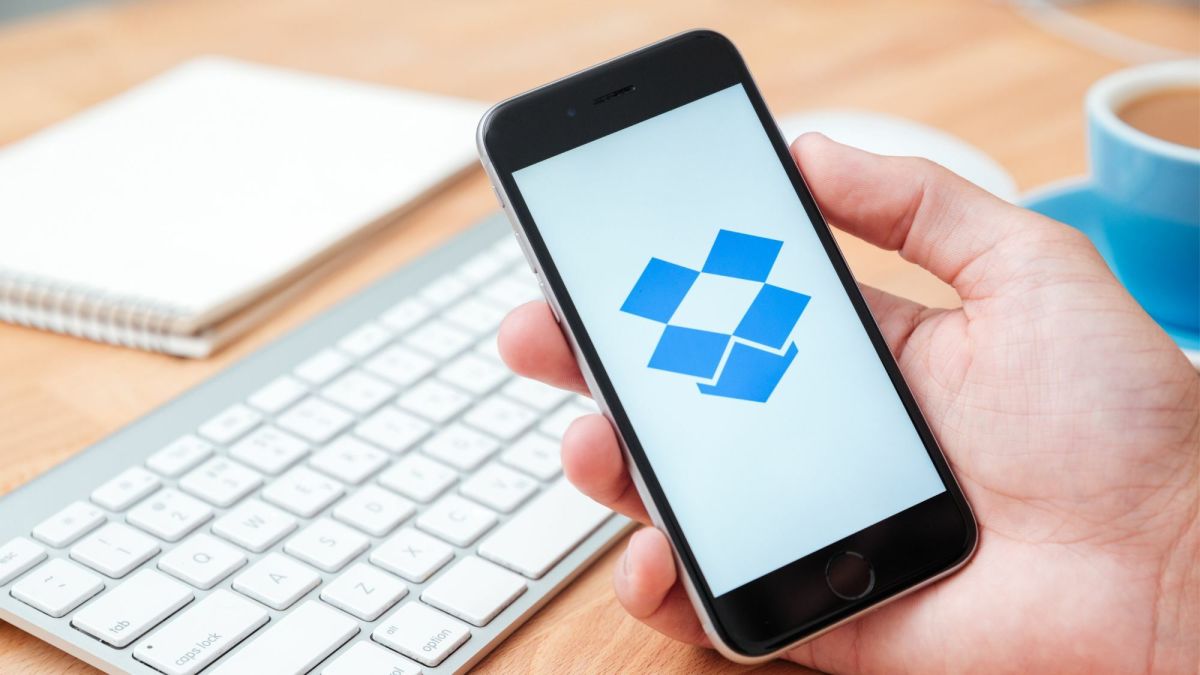How to connect your Google sites to a portal-like large website?
Google Sites is a free and easy way to create and share web pages.
Single-click page creation
No HTML required
Customisable look and feel
Settings for accessing and sharing information
And it's free
Every Google site has 100M site storage limit, but you can create virtually unlimited sites and virtually unlimited site storage. What I am saying "virtually unlimited" means you can create as many sites as you want and same can you do pages. But there IS a limit, the rule is that you can only create "five sites per week," and you have 100M site storage for every site. But if you don't upload any files, images or attachments of any kind, then your storage meter will alway display 0% of 100M. Storage only counts against you when you've added files, not text. This means you can create as many pages as your want without limit.
One way to break storage limit is to migrate to Premier Edition, there are 10 GB of Google Sites storage, plus 500 MB for each Premier Edition user account; Another way to break this storage to connect your sites to One large Portal-like website, this is what I am going to share with you in this article.
Web Portal
A web portal, also known as a links page, presents information from diverse sources in a unified way. To connect your Google sites to Portal-like website provide a consistent look and feel of your Google sites, which otherwise would have been different sites altogether. This portal-like Google sites can provide an easy way for visitors to navigate among your many sites, and feel they still in same site and never leave; and easy for your to promote your sites using one domain, otherwise you have to promote your sites separately.
Register Your Own Domain Name
Domain names are a human friendly version of a website address. But Google sites URL looks like this: sites.google.com/site/yoursitename, a bit long, and it doesn't reflect your own company brand or personal name so much. So register your own domain name, and create several sub-domains. When visitor navigate through sites, the website address will be subdomain addresses which are mapping of the real Google site URL.
Change your sites URLs
Go to More Actions > Manage Site > Web Address, here you can changing your site URL to map your subdomain to the sites.google.com/site/yoursitename. Then go to your domain registrar, set your subdomain's CNAME destination to: ghs.google.com. Set your main Google site as www.yourdomain.com, then set link text Home to this address for all your sites.
Using Sidebar for One site
The sidebar on a Google site helps site visitors find what they are looking for and stays with the user as they navigate the site. To access the sidebar menu, go to More actions > Manage site > Site layout. You can add your pages manually and rearrange them with the arrows on the right. And you can also add email addresses or links to other sites, or resize the sidebar, add text and images.
Using Horizontal navigation for all sites
Horizontal navigation on Google site allows you to move your navigation links to across the top of the site. Go to Site layout > Change site layout and check the box next to Horizontal navigation bar. A new section on the site layout preview will pop up, called “Horizontal navigation bar.” Here you add links to all your other Google sites, and put a Home button to www.yourdomain.com.
Choosing Same Themes, Colors and Fonts for all your sites
Google Sites allows site owners to change the overall look of a site. You choose SAME themes, Site Layout, Colours and Fonts for all your Google sites, your website visitors navigate through all these sites, they have a constant look and feel, hardly notice any change.
Conclusion
Google Sites is a free and easy way to create and share web pages, and you can create virtually unlimited sites and virtually unlimited site storage. You can connect all your Google sites to Portal-like website to provide visitors a consistent look and feel of your Google sites, and easy to promote all your sites under one domain name, otherwise you have to promote separately. Here are steps how your do it:
- Register a domain name
- Changing sites URL to custom subdomain
- Choosing same theme, color and fonts for all sites
- Using sidebar for ONE site navigation
- Using Horizontal Navigation Menu for All your Google sites
- Putting a Home button on all your sites to link back to the main site
- Putting same number and name of buttons on the Horizontal Navigation Menu






